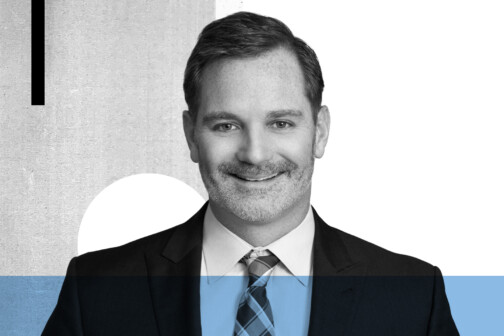When Dr. Donna Casey was six years old, she was feeding horses in her family’s North Texas barn when one of them playfully nipped her head. The nip caused a gash that her father, an internal medicine physician, stitched up himself. He forbade her from returning to the barn, but the next day she was back with her beloved steeds, head bandages and all.
The Dallas County Medical Society president and internist has adored horses since her earliest days on the farm, where her family raised everything from ferrets to a cow that was rejected by its mother. Though the land is now a residential neighborhood, Casey hasn’t lost her love of horses. As a child and teenager, she and her three older sisters were barrel racers, practicing from dawn to dusk and traveling throughout the state to compete. At full speed, tight barrel turns can be dangerous, and Casey has had her share of flying off her horse, although she has been spared from serious injury.
When she was 15, Casey began competing in equestrian jumping and even placed at a national competition. She took a break from jumping during medical school but continued to ride and compete until she was 50, as a potential fall off on an airborne horse became more risky.
Although she knew she needed to move on from jumping, Casey was committed to owning a horse, riding, and competing. So, she found the next logical extension that would both satisfy her needs and eventually become her current passion: dressage. Meaning “training” in French (and rhyming with the word “massage”), dressage is a lesser-understood Olympic sport that requires the rider and horse to perform a series of predetermined movements that look like something between a traditional trot and a dance to the rhythms of the music that accompanies the performances. At the highest level, riders don tailed jackets and top hats, giving it an old-world traditional charm.
“It’s much harder than anything I’ve ever done,” says the now 56-year-old Casey, who trains three days a week with her horse Hubble, so named because of her love of astronomy. “It’s subtle. Instead of jumping over jumps as fast as you can, you and the horse must communicate well. If your horse doesn’t trust you, then nothing will work.”
Hubble arrived highly trained to do all the trots, canters, and rhythms of dressage, but that doesn’t mean putting a routine together is easy. Unlike other horseback skills that lean on the reins, dressage is executed with the core, legs, and on the seat. In the early days, Casey watched as Hubble performed maneuvers with her trainer that Casey was unable to replicate. It took time to create a precise performance that appeared effortless. “He has a lot of buttons to push,” she says.
Much like practicing medicine, dressage aims for the horse and rider to appear relaxed and smooth while applying years of training, preparation, and knowledge. “It’s beautiful,” she says. “It feels like you’re just smooth as butter and going across a beautiful ice-skating rink.”
Author









